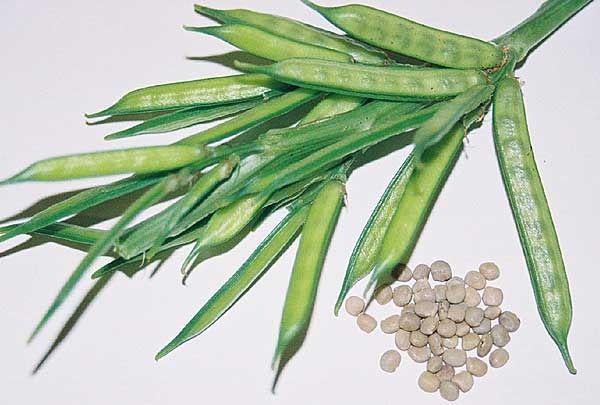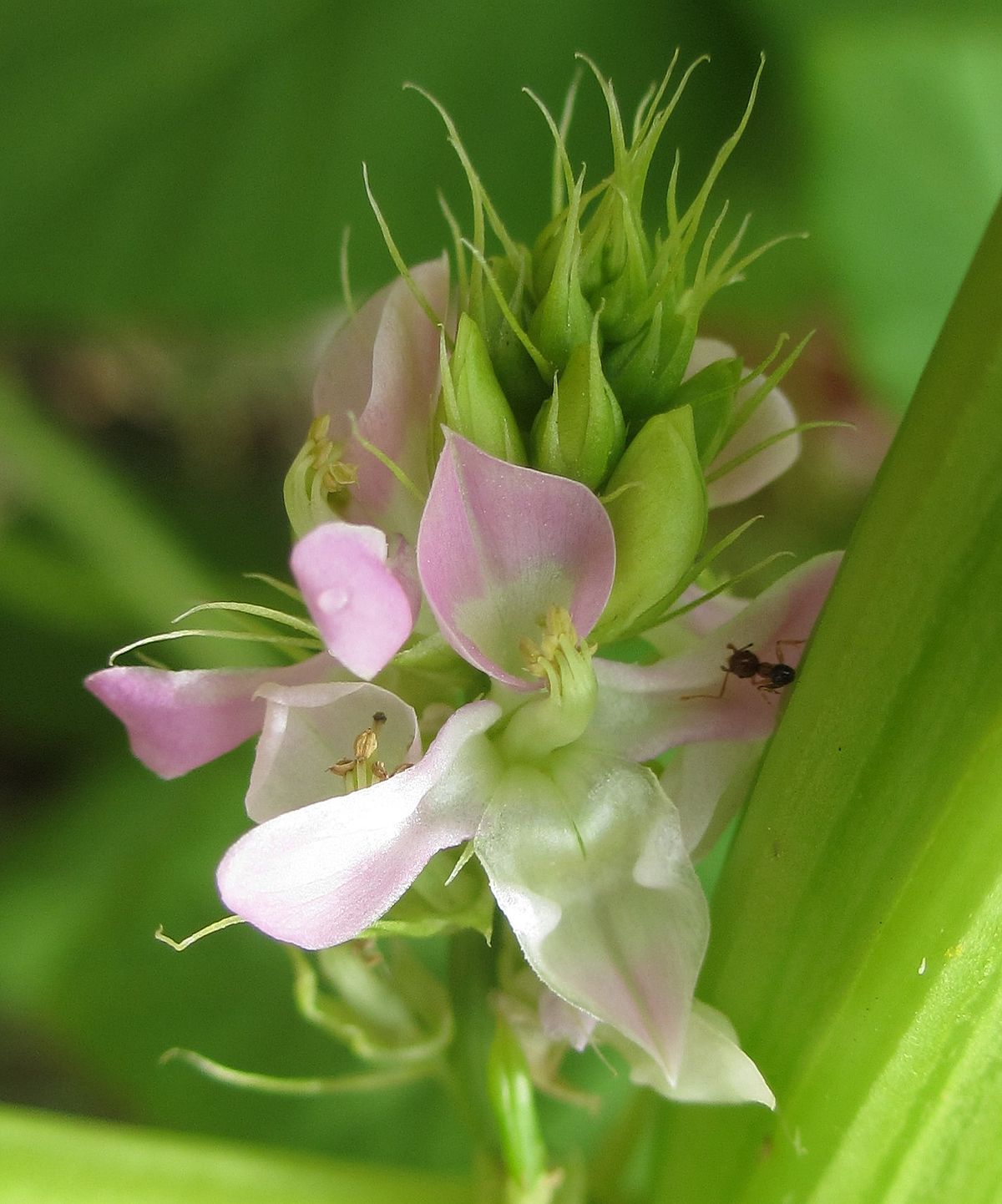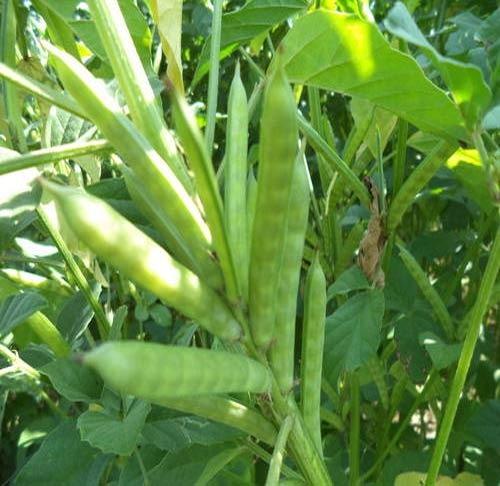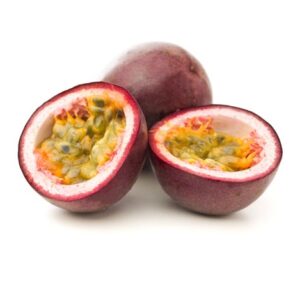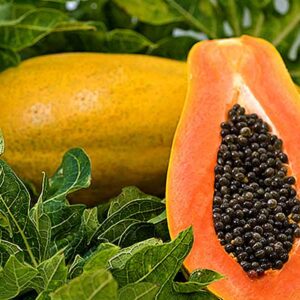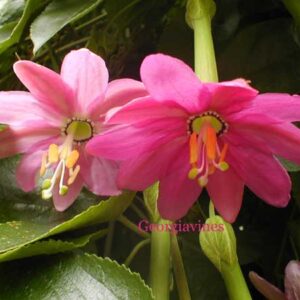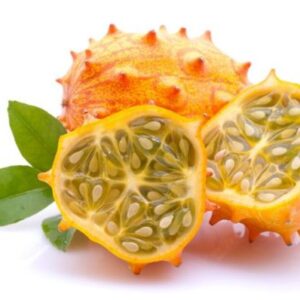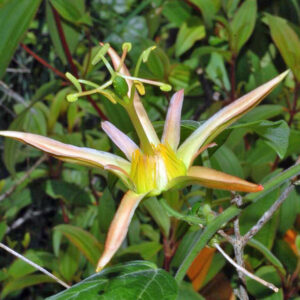General Informations
The Guar or cluster bean, with the botanical name Cyamopsis tetragonoloba, is an annual legume and the source of guar gum. It is also known as Gavar, Guwar, or Guvar bean.
Guar grows well in semi arid areas, but frequent rainfall is necessary.
This legume is a very valuable plant within a crop rotation cycle, as it lives in symbiosis with nitrogen-fixing bacteria. In fact, agriculturists in semi-arid regions follow crop-rotation and use guar as a source to replenish the soil with essential fertilizers and nitrogen fixation, before the next crop. Guar as a plant has a multitude of different functions for human and animal nutrition but its gelling-agent-containing seeds (guar gum) are today the most important use. Demand is rising rapidly due to industrial use of guar gum in hydraulic fracturing (oil shale gas).
Vegetable: Guar leaves can be used like spinach and the pods are prepared like salad or vegetables. Its beans are very nutritious but the guar protein is not usable by humans unless toasted to destroy the trypsin inhibitor.
Guar gum: The seeds of the guar bean contain a very large endosperm. This endosperm consists of a very large polysaccharide of galactose and mannose. This polymer is water-soluble and exhibits a viscosifying effect in water. Guar gum has a multitude of different applications in food products, industrial products, and extractive industry.
